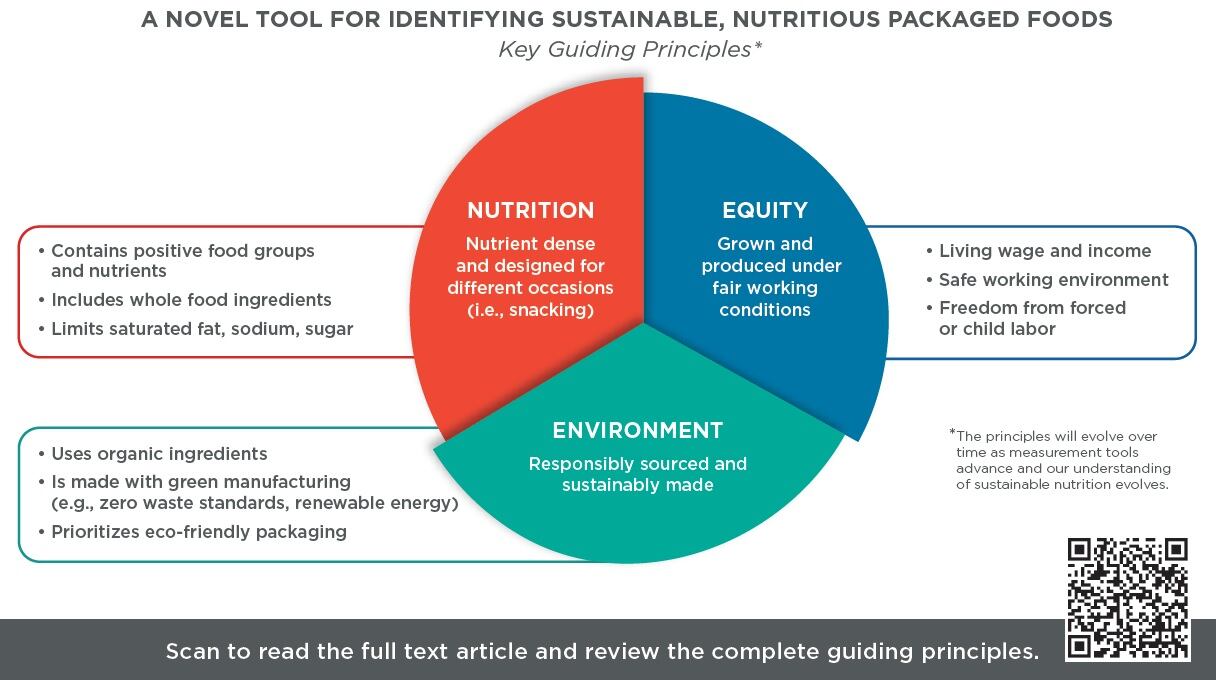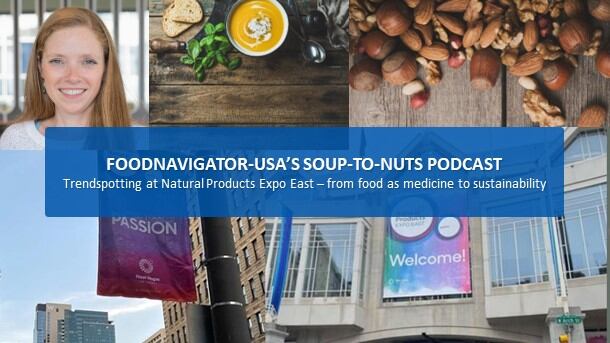In the latest edition of Current Developments in Nutrition, researchers focused on public health, food science, sustainability and social accountability argue that excluding packaged food from the conversation about how to create a more sustainable food system that addresses the “joint crisis related to public health, food insecurity and climate change” is short sighted.
While they acknowledge that whole foods should be the foundation of a healthy, sustainable diet, they argue packaged food, which makes up more than half of most Americans’ diets, must also be considered given “the facts of modern life and socioeconomic realities necessitate quick and portable options that are also nutritious, equitably available, of high quality and sustainably produced.”
They add that current approaches of labelling packaged foods as ‘ultra-processed’ and uniformly discouraging their consumption as part of a healthy, sustainable diet “lacks the nuance needed to holistically evaluate packaged foods within recommended dietary patterns.”
It also stymies the ability to thoughtfully look at the intersection of nutrition, food security, environmental sustainability/climate change and social equity given packaged food’s prevalence in the diet and the important role it plays in each of these components, Mike Hamm, the lead author and professor emeritus at Michigan Statue University and a paid consultant of Clif Bar, explained to FoodNavigator-USA.
He explained the packaged foods, most of which are considered ultra-processed, make up more than half of US diets, and while not all packaged foods are equal in terms of nutrition, equity and environmental impact, many offer unique solutions to the challenges posed by a whole food diet.
With this in mind, Hamm said he and his colleagues set out to create a new, more inclusive framework that could identify and define key characteristics of packaged and ultra-processed foods that both balanced health and sustainability but also met consumers where they are to ensure recommendations are realistic, scalable and accessible to all.
“If you look at all the different certification labels in the marketplace, I think the most favorable thing you can say for consumers is it’s really confusing,” Hamm said.
At the same time, he added, many of the certifications and value-based labels currently used are not defined in the federal regulations, leaving room for abuse and misinformation.
“There is really nothing out there on a national basis that would start to bring these different domains together and create a way to have better distinguishing criteria for what we think of ultra-processed or processed foods form a health standpoint,” Hamm said.
A first of its kind framework
The result is a framework for defining sustainable, nutritious packaged foods (SNPFs), starting with snacks, that brings together nutrition, environment and equity, which are further broken down based on sourcing, manufacturing and promotion.
Within the first component – nutrition – the researchers agreed that the future of food development should align with four “previously proposed domains of improved diet quality,” including moderation, balance, adequacy and diversity, and also take into consideration cultural sensitivities and support regional food-based dietary guidelines.
Potential indicators for these values could include the addition of positive food groups or under-consumed nutrients and whole foods and also limit undesirable nutrients, such as fat, sugar and sodium.
Within the environmental component of the framework, the researchers agreed key indicators were to limit greenhouse gas emission, improve soil quality, limit synthetic pesticides and promote biodiversity. Water quality also should be considered.
As for equity, the researchers suggest both manufacturing and sourcing considerations which would include sustainable operations on farm and throughout the supply chain as well as for product formulation and promotion.
Under equity, the researchers considered the role of affordability, but ultimately decided that “rather than include purchase price as a key economic indicator of SPFs it would be more impactful for the food industry to advocate for broader socio-economic change, including putting emphasis on paving at lease a living wage throughout the supply chain,” according to the paper.
In order for a company to earn a “good ranking” within the framework, Hamm said they must score well in all three domains and that cherry picking one domain over the other could not be a way to game the system.
A work in progress
Ultimately, the proposed framework is just a starting point, Hamm added, arguing that additional funding – ideally private philanthropic and government funding – is necessary to create better databases about the various components.
While this could take time, Hamm said companies could begin using the framework now – using the guiding principles to inform innovation and renovation efforts, identify strategies for improving equity, move towards all renewable energy and maintain a sustainable water footprint, identify strategies for reducing packaging and moving towards all recyclable or truly compostable packaging and support consumer education.




